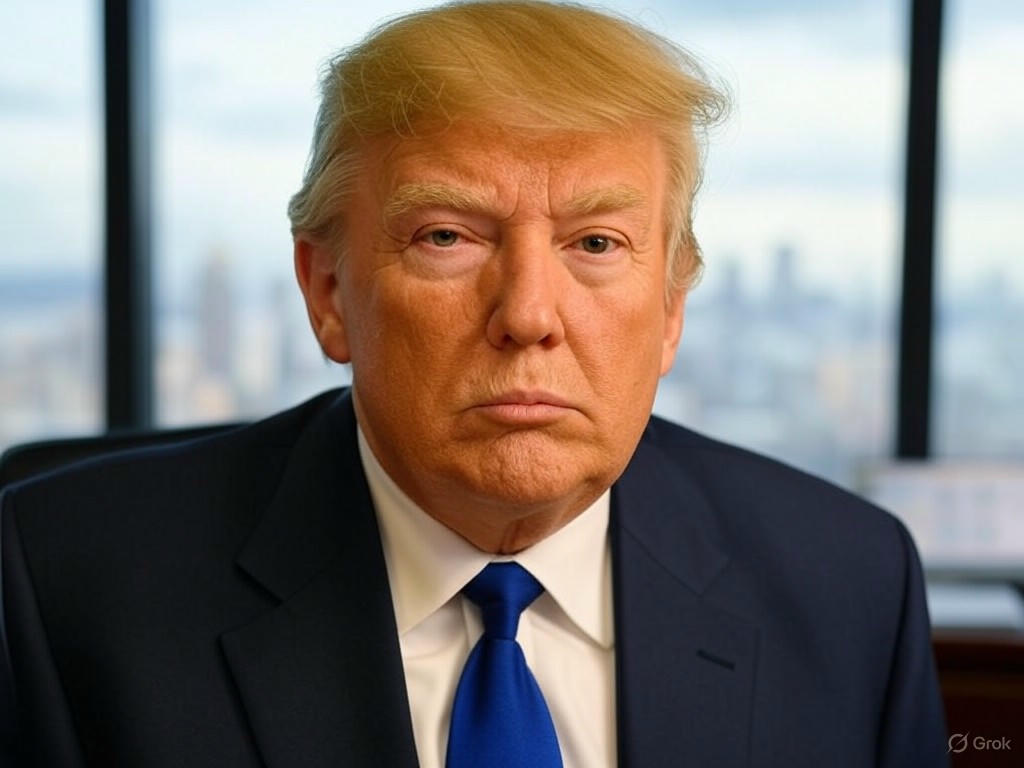In a surprising turn of events, Tron, a prominent player in the cryptocurrency space, is set to make waves in the financial world by pursuing a public listing through a reverse merger. This strategic decision, spearheaded by a leadership team known for its admiration of controversial political figures like former President Donald Trump, signals a new chapter for the blockchain-based firm. The move is seen as a calculated step to gain access to broader capital markets while sidestepping the traditional and often cumbersome initial public offering (IPO) process.
Tron, founded in 2017, has built a reputation as a decentralized platform that empowers content creators and developers through blockchain technology. Its native cryptocurrency, TRX, has garnered a significant following, positioning the company as a key contender in the rapidly evolving digital asset landscape. However, the firm’s leadership has often courted attention for its outspoken political affiliations, with its top executive frequently voicing support for polarizing figures. This blend of innovation and controversy has kept Tron in the spotlight, and the decision to go public via a reverse merger only adds to the intrigue. A reverse merger, which involves merging with an already publicly traded company, allows Tron to bypass some of the regulatory scrutiny and costs associated with a conventional IPO, potentially accelerating its path to Wall Street.
The implications of this move are multifaceted. For one, it could provide Tron with the financial muscle to expand its ecosystem, including its decentralized finance (DeFi) and non-fungible token (NFT) initiatives, which have gained traction amid the crypto boom. Additionally, going public may enhance Tron’s credibility among institutional investors, who have historically been cautious about unregulated digital currencies. However, the reverse merger route is not without risks. Such transactions can sometimes lack transparency, raising concerns among shareholders about the true valuation and long-term viability of the merged entity. Moreover, Tron’s association with divisive political rhetoric could alienate certain investors or invite regulatory pushback, especially in a climate where governments worldwide are tightening their grip on cryptocurrency operations.
As Tron navigates this pivotal moment, the broader crypto industry watches closely. A successful public listing could inspire other blockchain firms to explore similar unconventional paths to market, reshaping how digital asset companies approach growth and legitimacy. For now, Tron’s leadership remains optimistic, banking on the belief that their vision of a decentralized future will resonate with a wider audience. Whether this gamble pays off or becomes a cautionary tale remains to be seen, but one thing is certain: Tron’s journey to the public market is a bold statement in an industry defined by risk and reinvention. As the details of the merger unfold, investors and enthusiasts alike will be eager to see if Tron can balance its provocative persona with the demands of a publicly traded entity.
